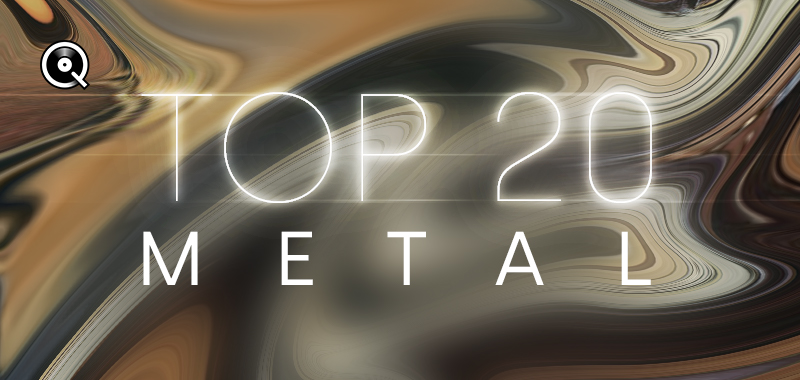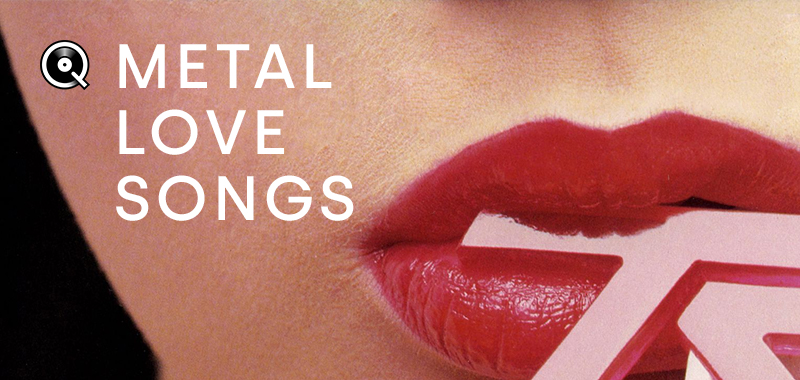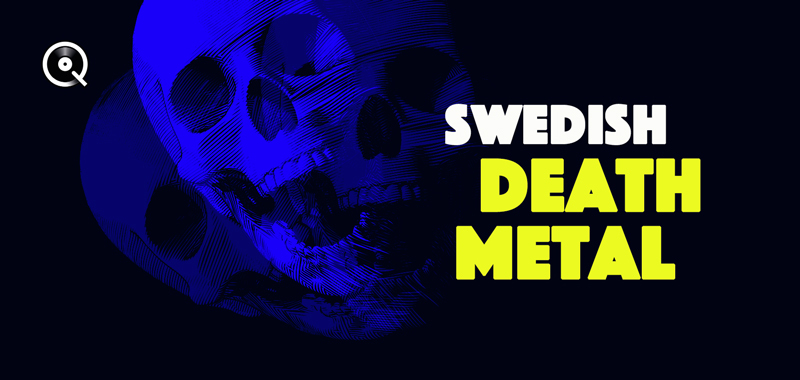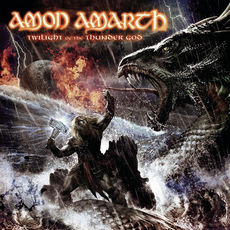Unlike English-speaking countries where hard rock, glam and heavy metal (followed by the “new wave of British heavy metal”) flooded the airwaves and packed out the stadiums during the 70s and 80s, the metal craze hadn’t yet hit Sweden. At that time, the local metal scene was practically non-existent, except from the glam Europe – whose first recording dates back to ‘83 - and a few speed and thrash bands who were not fazed by the lack of opportunities to perform on stage and spread their music. Was the Scandinavian climate too harsh for the Swedish underground? Apparently not, since the punk and hardcore scenes were alive and kicking! Groups such as Rude Kids, Missbrukarna and (last but certainly not least) Anti Cimex developed an aggression-soaked style that gave them no reason to envy English or American bands like Discharge or Black Flag. Asocial attracted attention by inventing the “one beat” on the 1982 EP How Could Hardcore Be Any Worse?, which would go on to influence the subsequent blast beat, ushered in by Mick Harris. Although the scene didn’t last long, it was followed and fuelled by most of the musicians who would later make up the death metal scene. Despite the apparent dichotomy of punk and metal, their borders are clearly porous.
Amongst the bands that marked the very beginning of metal in Sweden are Merciless, Obscurity, Mefisto, and (most importantly) the one-man band Bathory. Thomas Forsberg a.k.a. “Quorthon” formed Bathory (named after the legendary, bloodthirsty Hungarian noblewoman Elisabeth Báthory) in 1983. After the unexpected success of his first two tracks which were recorded especially for the compilation album Scandinavian Metal Attack (1984), Quorthon recorded his debut album for next to nothing on the Swedish label Tyfon through the subsidiary Black Mark. It was an instant success; the first thousand pressings sold out in barely two weeks and the album continued to do well through to the following autumn! His next two albums didn’t buck the trend either, with The Return (1985) and Under the Sign of the Black Mark (1987) pushing the limits of metal even further. It became darker and some of its characteristics would help define the codes of Norway’s black metal during the 90s. Despite not being part of the death metal scene strictly speaking, Bathory, along with a few significant bands like Merciless with their second EP Realm of the Dark (1988), helped define a blueprint and acted like a catalyst for the Swedish underground.
Create a free account to keep reading
























